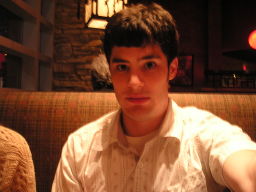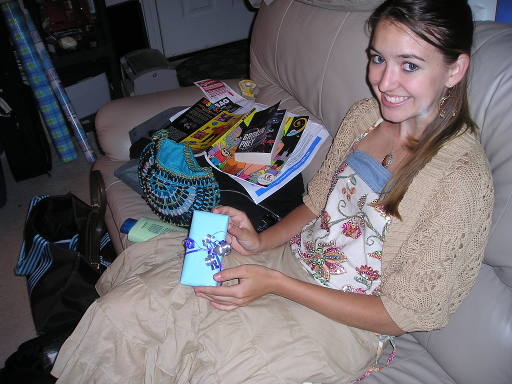Hidden Quartz Composer Patches Redux
In a famous blogpost from summer 2005, ClockSkew poked around inside Quartz Composer and discovered some fairly-complete-looking patches that aren’t available through the interface. ClockSkew also made a cool patch plugin that made these available through the interface. Unfortunately this plugin was written when Intel Macs didn’t exist, and it isn’t a Universal Binary.
Having myself somewhat of an obscurity-obsession, I decided to investigate how ClockSkew did this, and insodoing discovered a few new hidden patches.























